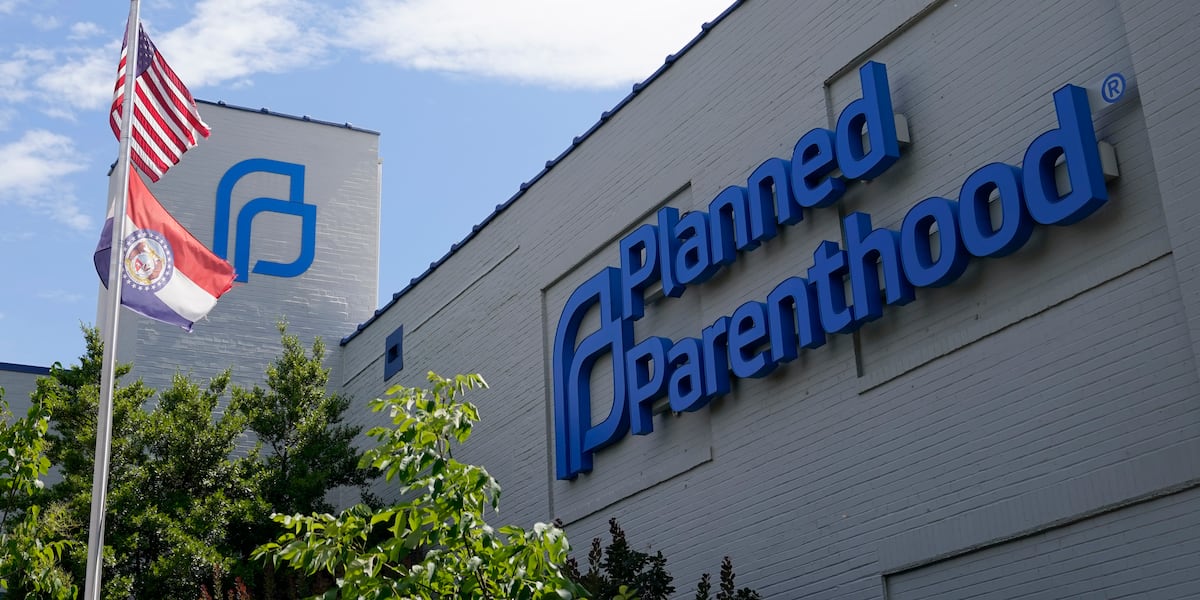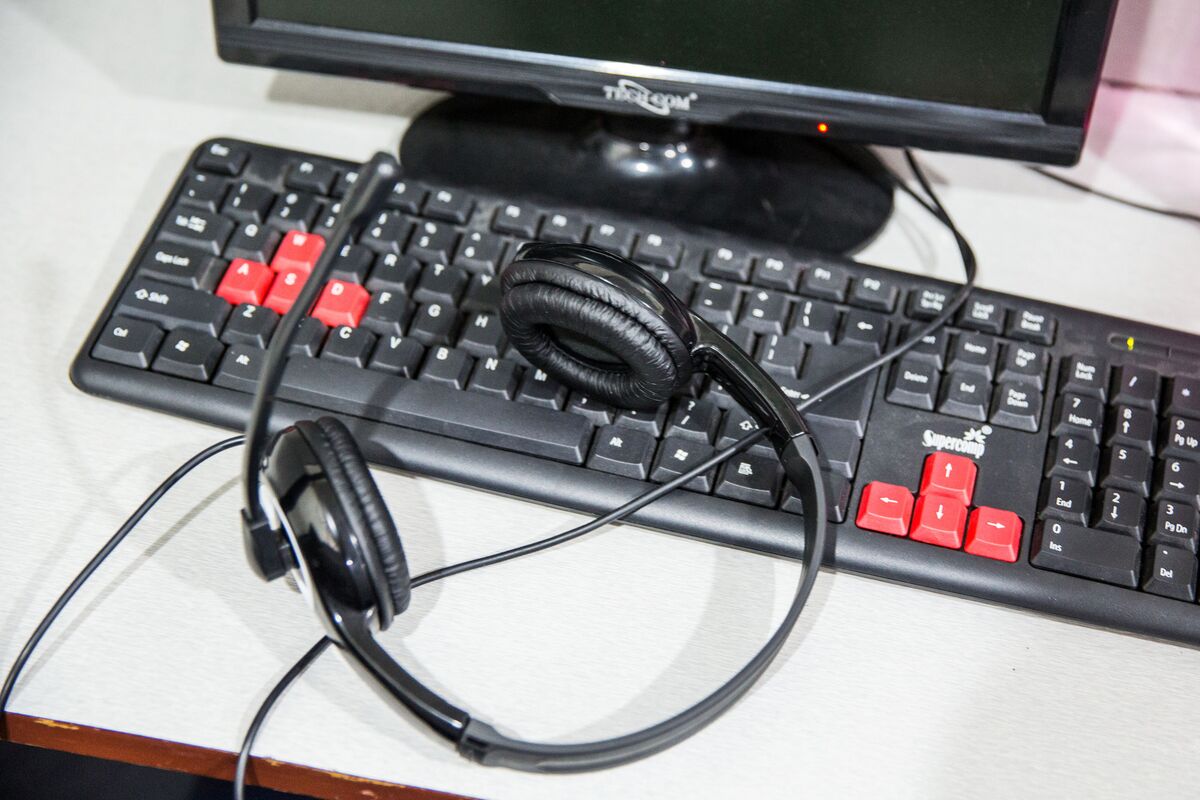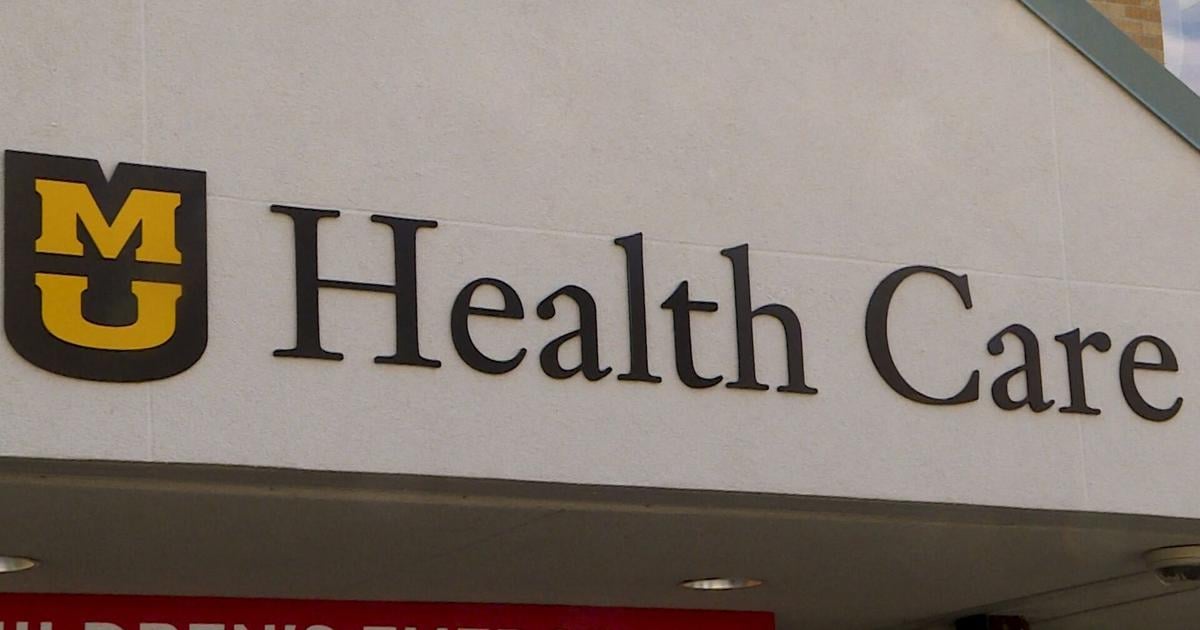Tariff Triage: How Trade Policies Are Putting Patient Lives at Risk

Rural hospitals face a critical challenge in today's economic landscape: absorbing skyrocketing costs for essential medical supplies and equipment. As healthcare providers in smaller communities struggle to maintain financial stability, the burden of escalating expenses threatens their ability to deliver quality patient care.
Christopher R. Crossett highlights the unique vulnerabilities of rural healthcare facilities, which lack the financial cushion and negotiating power of larger urban medical centers. These hospitals operate on razor-thin margins, making each significant cost increase a potential existential threat to their continued operation.
The economic pressures are particularly acute for rural healthcare providers, who must balance maintaining critical medical services with the harsh realities of rising operational costs. Unlike their metropolitan counterparts, these hospitals cannot easily pass on increased expenses to patients or absorb substantial financial hits without risking their entire operational model.
As healthcare costs continue to climb, rural hospitals find themselves at a critical crossroads, fighting to preserve essential medical services for communities that depend on them most. The challenge goes beyond mere financial management—it's about sustaining lifeline healthcare services in America's most vulnerable regions.








